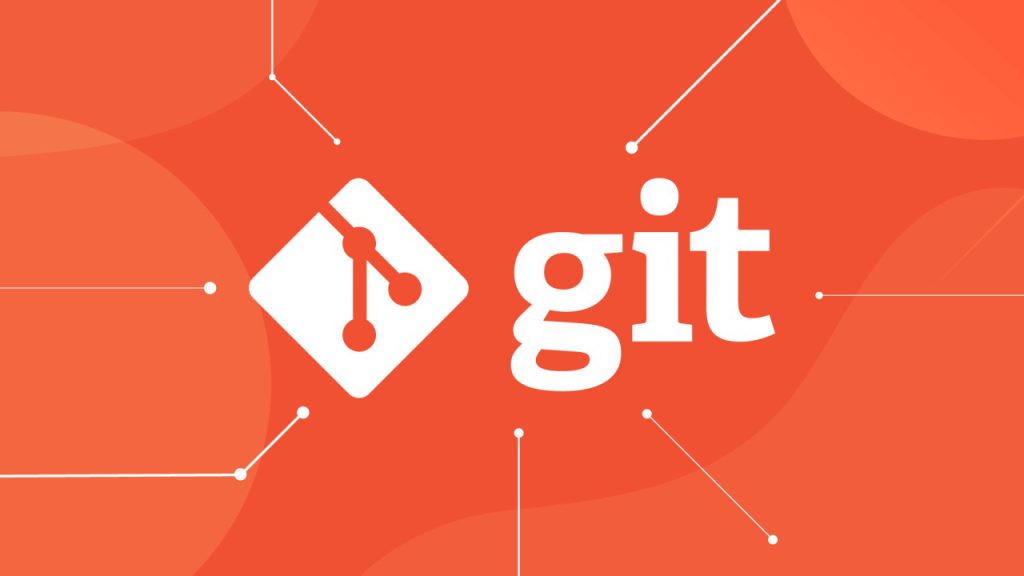Imagine writing a long essay without the ability to undo mistakes, track changes, or collaborate with others. Sounds stressful, right? 😰 For software engineers, coding without version control is just as risky. This is where Git comes in—a powerful tool that helps developers manage code, collaborate seamlessly, and track every change. In this article, we’ll explore why Git is considered a superpower for software engineers, how it works, and why it’s essential in modern software development. 🚀
1. What is Version Control? 📂
Version control is a system that tracks changes to files over time. It allows developers to:
- Save Versions: Record different versions of their code, so they can revisit or restore previous versions.
- Collaborate: Work together on the same code without overwriting each other’s work.
- Track Changes: See what changes were made, when, and by whom.
There are two main types of version control systems:
- Centralized Version Control (CVCS): All code is stored in a central server, with developers pulling and pushing changes (e.g., Subversion, CVS).
- Distributed Version Control (DVCS): Each developer has a full copy of the entire code repository, allowing them to work independently (e.g., Git, Mercurial).
Git is a distributed version control system and the most popular tool in software development today.
2. What is Git? 🧩
Git is an open-source version control system created by Linus Torvalds in 2005—the same person who developed the Linux operating system. Unlike traditional version control systems, Git is fast, efficient, and designed for collaboration.
Key features of Git include:
✅ Distributed System: Every developer has a complete copy of the code, enabling offline work.
🔀 Branching and Merging: Developers can create independent branches of code and merge them without conflicts.
📜 History Tracking: Git records every change, making it easy to see who did what and when.
💾 Backup and Recovery: Accidental mistakes can be undone by restoring previous versions.
Git’s flexibility and reliability make it essential for teams of all sizes, from solo developers to global corporations like Google, Microsoft, and Facebook.
3. Why Git is a Superpower for Software Engineers 🦸♂️🦸♀️
💾 1. Save Every Version of Your Code
With Git, every change you make is saved as a commit. Each commit acts like a snapshot of your code at a specific point in time. If something breaks, you can easily revert to an earlier version, saving hours of troubleshooting.
🧩 2. Seamless Collaboration
Git allows multiple developers to work on the same project without stepping on each other’s toes. By creating separate branches, team members can work on different features simultaneously. When a feature is complete, it can be merged into the main codebase without conflicts.
🔄 3. Easy Experimentation with Branching
Branches let developers experiment with new features or fixes without risking the main codebase. For example, you can create a branch named feature-login to test new login functionality. If the experiment succeeds, you merge it into the main branch; if not, you simply delete the branch with no impact on the rest of the code.
🕵️ 4. Full Transparency and Accountability
Git tracks every change made to the code, including who made it and why. This makes it easy to identify the cause of bugs or performance issues. Each commit includes a commit message that describes the change, providing valuable context for future developers.
💡 5. Simplified Code Reviews
Code reviews are essential for maintaining code quality. With Git, developers can submit their changes as pull requests or merge requests. Other team members can review the changes, suggest improvements, and approve the code before it’s merged into the main branch. This ensures that only well-reviewed, bug-free code is added to the project.
🌍 6. Global Collaboration with GitHub, GitLab, and Bitbucket
While Git is a local tool, platforms like GitHub, GitLab, and Bitbucket enable developers to share their repositories online. These platforms provide additional features like issue tracking, project management, and automated testing, making them essential for modern software development.
🚀 7. Speed and Efficiency
Git is designed for speed, even with large codebases. Operations like branching, merging, and committing are almost instant, allowing developers to focus on coding rather than waiting for tools to catch up.
💾 8. Backup and Disaster Recovery
Since every developer has a complete copy of the repository, Git provides built-in backup and recovery. Even if the central server goes down, anyone with a local copy can restore the entire codebase, preventing data loss.
4. How Git Works: The Basics 🔧
Git follows a simple workflow with three key areas:
- Working Directory: The local folder where you edit files.
- Staging Area: Files that are ready to be saved (staged) but not yet committed.
- Repository: The local database that stores all commits and their history.
Here’s a quick look at common Git commands:
git init: Initialize a new Git repository.git clone [URL]: Copy an existing repository from GitHub or another platform.git add [file]: Stage a file to be included in the next commit.git commit -m "message": Save the staged files with a descriptive message.git status: Check the current state of the working directory.git log: View the commit history.git branch [name]: Create a new branch.git checkout [branch]: Switch to a different branch.git merge [branch]: Combine a branch into the current branch.git push: Upload local commits to the remote repository.git pull: Download and merge changes from the remote repository.
These commands give developers precise control over their code, ensuring that every change is tracked, tested, and documented.
5. Real-World Examples: Git in Action 🌍
💼 Tech Companies:
- Google and Microsoft use Git to manage massive codebases with thousands of developers worldwide.
- Facebook uses a modified version of Git to handle the scale of its global social network.
📦 Open Source Projects:
- Linux Kernel: Developed by thousands of contributors using Git.
- Python, React, and TensorFlow: All use Git to manage contributions from developers worldwide.
🌱 Startups and Small Teams:
- Even small teams benefit from Git’s collaboration and version control features. It helps maintain code quality, streamline teamwork, and avoid costly mistakes.
6. The Future of Git and Version Control 🚀
As software development evolves, Git continues to improve with new features like:
- GitHub Actions: Automate testing, deployment, and other tasks.
- Git Large File Storage (LFS): Handle large files like images and videos without slowing down the repository.
- Better Collaboration Tools: Enhanced code reviews, project boards, and integration with CI/CD pipelines.
Version control is also becoming essential beyond coding, used in fields like data science, machine learning, and digital design. As collaboration and remote work become the norm, Git’s role as a superpower for teams worldwide will only grow.
7. Conclusion ✅
Git is more than just a version control system—it’s a superpower that gives software engineers control, confidence, and collaboration. By tracking every change, enabling seamless teamwork, and ensuring that no code is ever lost, Git has become an essential tool in modern software development. Whether you’re a solo developer or part of a global team, mastering Git will make you more efficient, organized, and ready to tackle any coding challenge. 💾💻🚀


